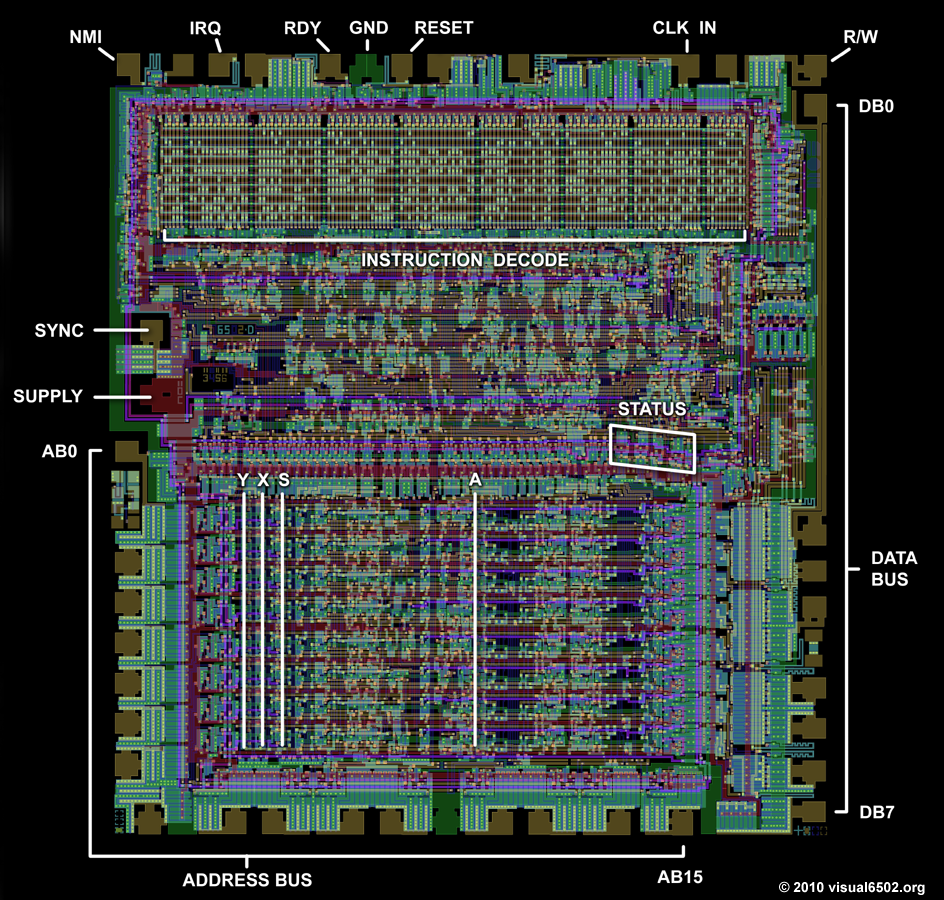

#ATMEL 6502 EMULATOR CODE#
Source code for an ATmega32U4 to control the board is freely available at GitHub. The ArdEBoard by Dominik Klein is a sensory chess board based on reed switches and magnets glued below every chess piece. Square Off, the dedicated robot sensory board features an Arduino Mega with ATmega 2560 chip to control the piece moving two axis robotic arm, to detect piece movement, and to communicate with a smartphone via Bluetooth. The Arduino Due Chess Robot is a self build sensory board with robot arm by Chris Quayle as a hobby project - powered by an Arduino Due and incorporating Micro-Max by Harm Geert Muller as chess AI.

Myopic by Steven Edwards is suited for the Arduino Mega, written in C++ and released under the Creative Commons license. Both projects are open source software/hardware using the MicroChess source code (which is available but not open source) with permission from Peter Jennings. A further development is the KIM Uno, a calculator-sized KIM-1 replica with MicroChess built in. Obsolescence Guaranteed has ported the original 6502 MicroChess, wrapped in a 6502 emulator, to the Arduino. Little Rook Chess is part of the u8glib library (Universal 8bit Graphics Library) under the terms of the new bsd license. Little Rook Chess by Oliver Kraus is a chess game for using the Arduino Uno with a dedicated user interface realized with an Electronic Assembly DOG LCD module and button shield.

Otherwise, for Uno and Mega, there are some more chess programs available, dedicated and emulated. Óscar Toledo Gutiérrez' program Toledo Nanochess seems appropriate for the Arduino boards as well. Micro-Max by Harm Geert Muller was aleady ported for the Atmel- ATmega88 by Andre Adrian, and is also available as ATM18 mini chess computer from the electronics magazine Elektor. Īrduino controllers are suitable to build a dedicated chess computer - to control a self-made sensory board, or even to run small chess programs. Alternatively, one may compile programs for the Arduino using AVR development tools, which requires configuration to link against the appropriate files in the Arduino core libraries. All standard C and C++ constructs supported by AVR-g++ should work in Arduino.
#ATMEL 6502 EMULATOR SOFTWARE#
Software written using Arduino language are called sketches, and undergoes minor changes like automatic generation of function prototypes during the build process, and then passed directly to a C/C++ compiler.

Its 2010 successor, the Arduino Mega 2560 features the more advanced ATmega2560 with 256 KiB Flash memory.Īrduino provides an integrated development environment running on a host computer, supporting the C/ C++ based Arduino language. Arduino Mega has 54 digital input/output pins, 16 analog inputs, 4 UARTs, and USB connection. The 2009 released Arduino Mega uses the 8-bit ATmega1280, also running at 16 MHz, but with 128 KiB of Flash memory which 4 KiB used by bootloader, 8 KiB SRAM, and 4 KiB EEPROM. It has 14 digital input/output pins and six analog inputs and USB connection. The Arduino Uno is based on the 8-bit ATmega328 running at 16 MHz with 32 KiB ISP Flash memory with read-while-write capabilities, 1 KiB EEPROM, and 2 KiB SRAM.


 0 kommentar(er)
0 kommentar(er)
